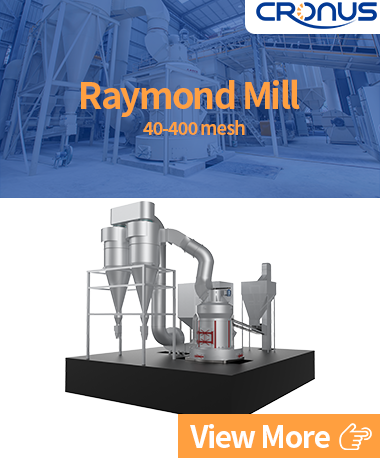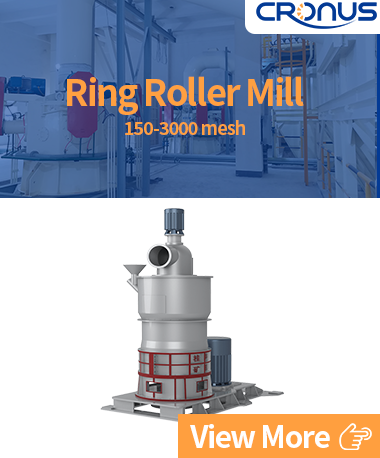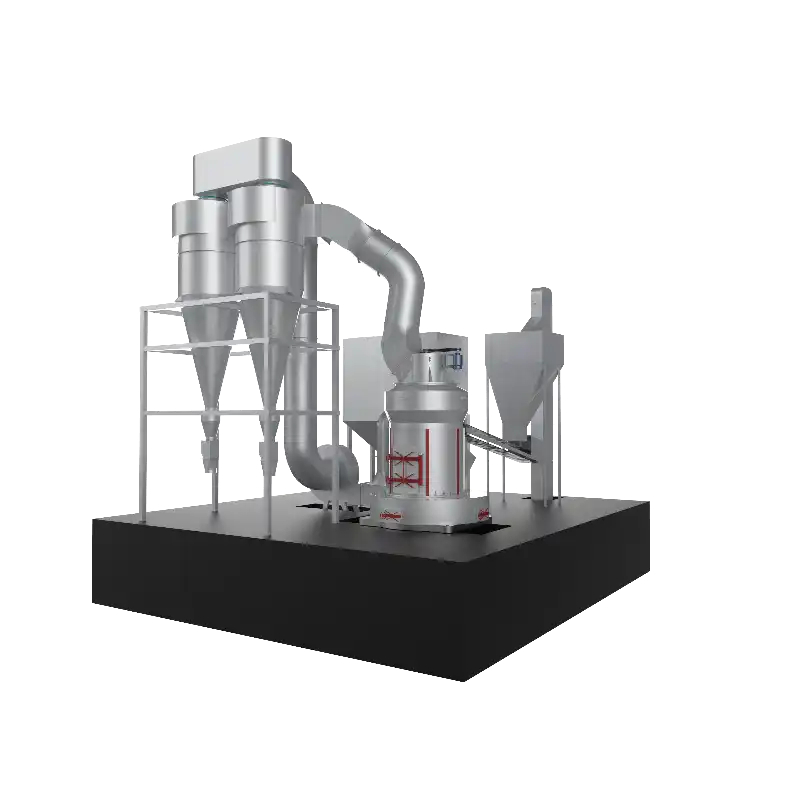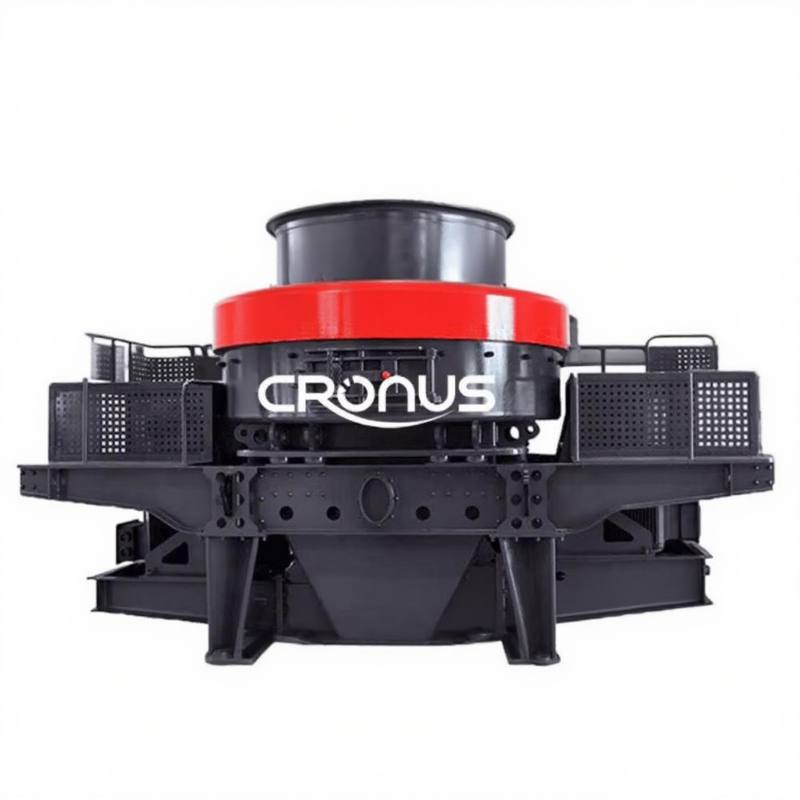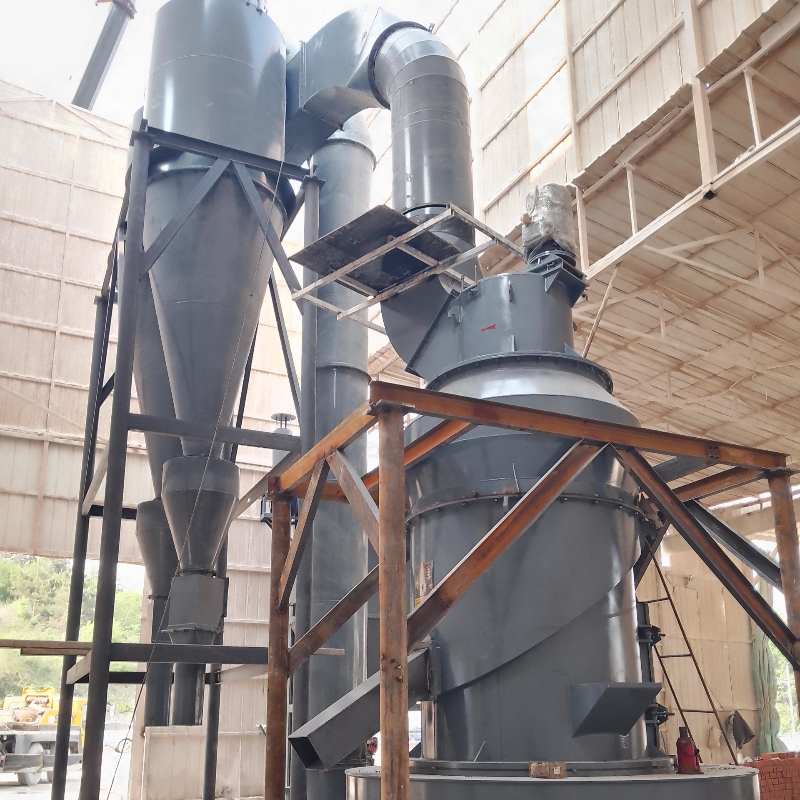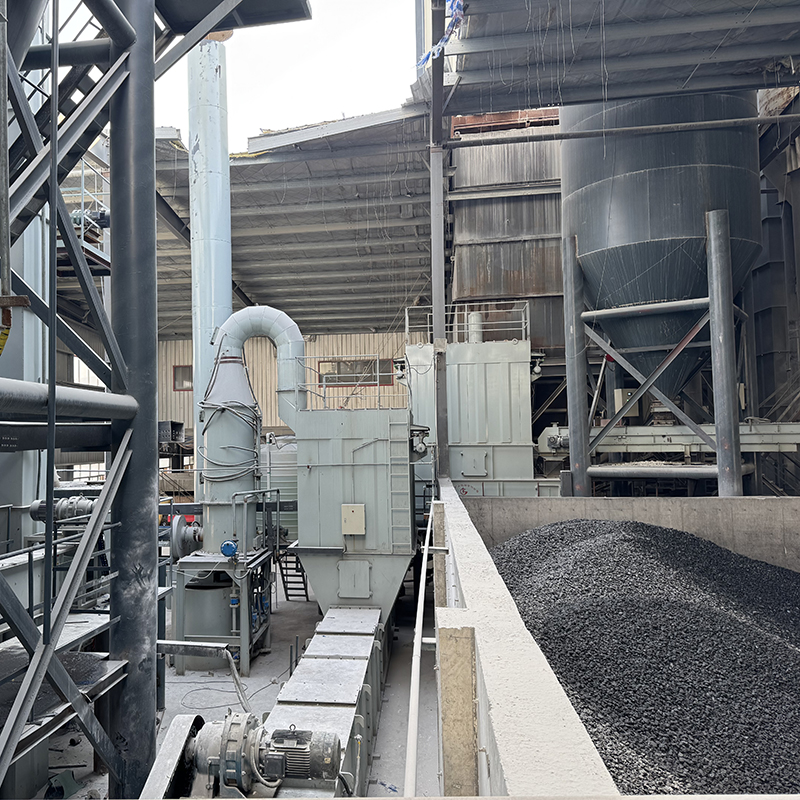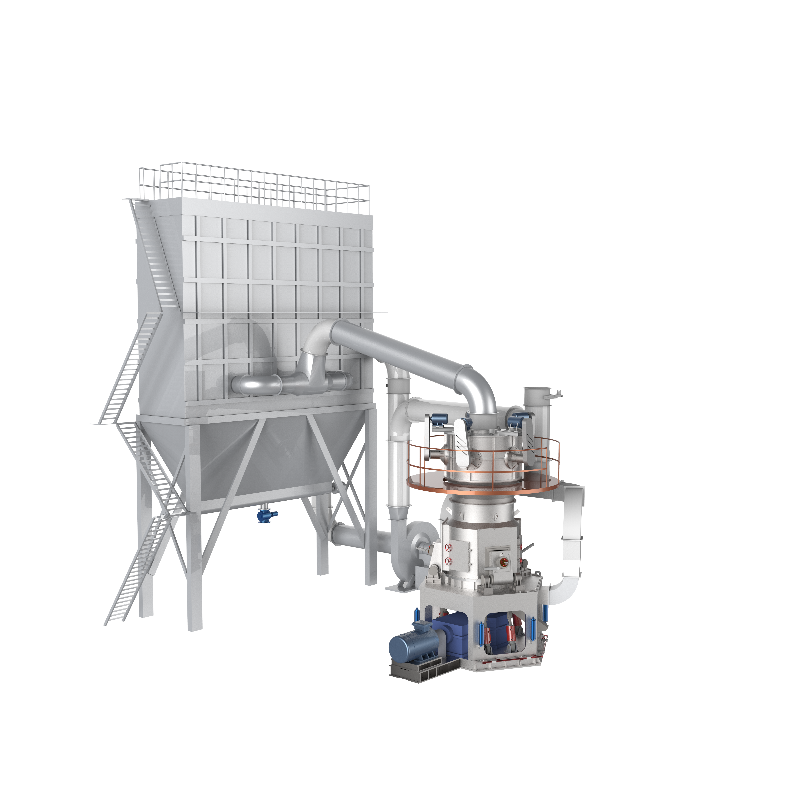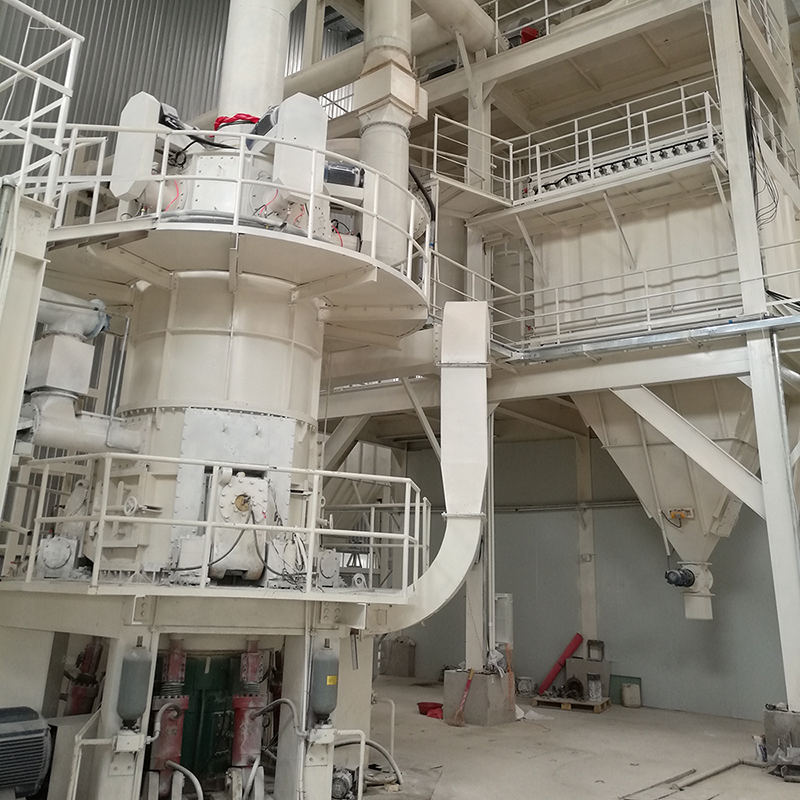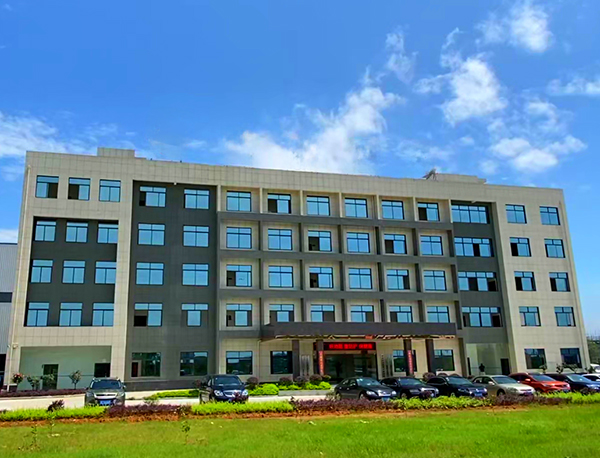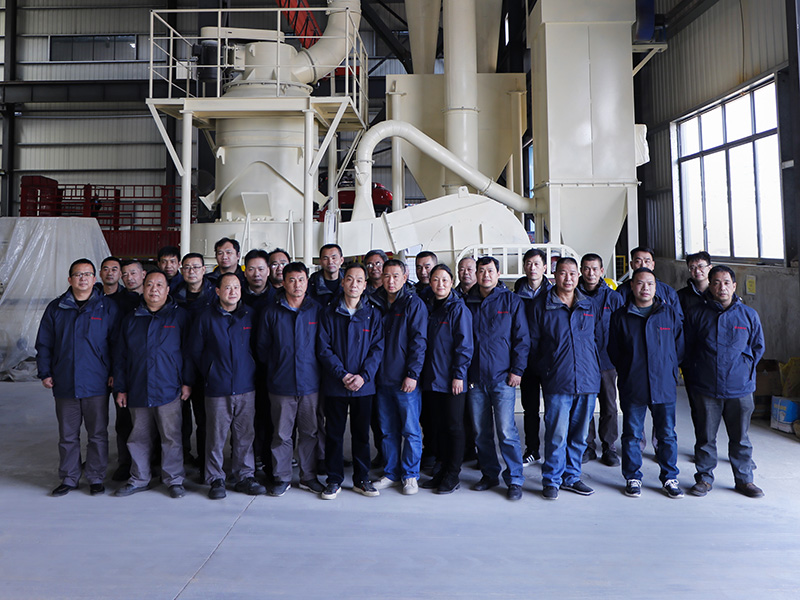Marble is formed by recrystallization of limestone or dolomite due to contact and regional metamorphism. The content of calcite and dolomite is generally greater than 50%, and sometimes as high as 99%.
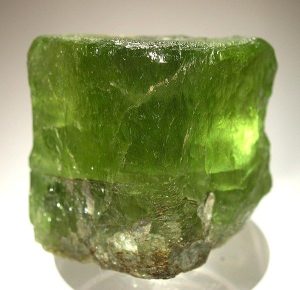
| Property | Value |
|---|---|
| Name | Marble |
| Category | Metamorphic rock of carbonate |
| Chemical Formula | Calcium Carbonate (CaCO₃) |
| Molecular Weight | 100 |
| Color | Various colors |
| Hardness | Between 2.5 and 4 |
| Density | 2.7 to 2.9 g/cm³ |
| Applications | Building materials, slabs, art crafts |
Marble Uses
As the main stone material, marble has always been in a dominant position in the construction industry. However, after being processed by Raymond mill, it can be made into marble powder of different fineness. Its uses include:
Building materials: used for coatings, putty, making artificial stones, etc.
Industrial raw materials: used as fillers in papermaking, plastics, rubber, and other industries.
Environmental protection field: used for wastewater treatment, flue gas desulfurization, etc.
Cosmetics: Finely ground marble powder can be used in cosmetics as a whitening agent or filler.
The marble Raymond mill is a high-fine powder making equipment that performs closed-loop circulation of crushed marble. The equipment has a large production capacity and has the following advantages:
- The Raymond mill can grind marble to a fineness of 80-600 mesh to meet the needs of different industries.
- The equipment operates stably, with low energy consumption and low dust pollution.
- High degree of automation: The Raymond mill adopts an automated control system, which is easy to operate and has high production efficiency.
If you are interested in Raymond mill equipment, or have any questions about mineral processing, please leave a message in the comment area, we will provide you with professional answers! You can also follow www.shcronus.com for more product details.
